My kids studied Ghana in second grade and their teachers all wanted to find books that portrayed Ghana as a city because the kids all thought the Ghanaians lived in rural villages. This was more than 15 years ago, and I’m happy to see that there are few books depicting Accra, Ghana’s capital city.
I’m trying to learn more about Africa. What are your favorite books depicting Ghana or other African countries? Thanks for sharing!
p.s. Here are more suggestions from my Twitter friend:
Ekuwah Mends Moses 🇬🇭🇺🇸 @ekuwah
I love your list! ❤️🇬🇭 Thank you for amplifying Ghana! Here are a few more of my favorite books by Ghanaian authors or feature the country of Ghana.
#MyNameIsAnAddress #Ghana
16 Children’s Books About Ghana
Nii Kwei’s Day: From  Dawn to Dusk in a Ghanaian City by Francis Provencal and Catherine McNamara
Dawn to Dusk in a Ghanaian City by Francis Provencal and Catherine McNamara
I love this documentary-style picture book showing a young boy’s entire day in Accra, starting early in the morning until bedtime. He has a full day getting ready for school, going to school, going to the market with his family, playing at home, eating dinner, and then his nighttime ritual. Readers will learn that his day is not so different from theirs. Nii Kwei’s school does not have computers in the book, but hopefully, this has changed since this book is more than twenty years old. I would love to see an updated version! [nonfiction picture book, ages 5 and up]
Deron Goes to Nursery School by Ifeoma Onyefulu
It’s a busy day for four-year-old Deron. He’s starting nursery school in Ghana! But first, he and his mom need to get ready. They go to the market to buy a school backpack, a pair of shoes, and fabric for clothes. She sews him a new blue shirt and brown shorts. He looks so grown up in his new school outfit! They walk to nursery school and meet one of his teachers, Shielabet Dadaola. It’s a busy day. Deron meets the other children, plays outside, and learns to write his letters. He plays games and eats lunch at school. There is also naptime and story time before it’s time to go home. This informational picture book shows a day in the life of preschool that kids can relate to. [nonfiction picture book, ages 4 and up]
Grandma Comes to Stay by Ifeoma Onyefulu
Grandma comes to visit her granddaughter in a city such as Accra, Ghana, and the reader gets a glimpse into a middle-class family’s daily routine. The photos depict a family that resembles a life that most readers can relate to. Except for the Osu Homowo festival, this family could almost live anywhere in the world. Pair it with Deron Goes to Nursery School and Nii Kwei’s Day for a deeper dive into ordinary city life in Ghana. [nonfiction picture book, ages 4 and up]
Kofi and His Magic by Maya Angelou, photographs by Margaret Courtney-Clarke
Kofi is a seven-year-old boy living in Ghana and he claims to be a magician. He’s also a weaver of beautiful Kente cloth. Is it magic when Kofi visits towns in the North of Ghana where they wear hats made with horns and cowrie shells, and the homes are painted with beautiful designs? When Kofi returns home to Bonwire, he shows the reader his school which is mostly held outside. There is also Durbar, a festival to celebrate the harvest. Kofi shares his magic with his friend Kojo and they visit the western part of Ghana along the Gulf of Guinea and the Atlantic Ocean. And then it’s time to go home, but readers can always find their friend, Kofi, and his magic here in this book. [nonfiction picture book, ages 7 and up]
One Hen: How One Small Loan Made a Big Difference by Katie Smith Milway, illustrated by Eugenie Fernandes
Young Kojo had to quit school to help his mother collect wood to sell ever since his father died. His mother is able to get a small loan that will allow her to buy a cart so she can carry more firewood to sell at the market. With the small amount of money left over, Kojo decides to purchase a hen. It takes him two hours to walk to the chicken farm, and he carefully chooses his hen. His hen is a good layer, and soon there are eggs for Kojo and his mother to sell. Soon, Kojo saved enough money to purchase a second hen. One year later, Kojo has 25 hens! With this money, Kojo is able to return to school where he learns about science and math including how to better care for his chickens and stay healthy. When Kojo is older, he is able to loan out money to help his neighbors. And just like that, one small loan for one hen has a ripple effect. This is the true story of Kwabena Darko, from the Ashanti region of Ghana. [picture book biography, ages 3 and up]
In the Small, Small Night by Jane Kurtz, illustrated by Rachel Isadora
Abena and her younger brother Kofi wake up in the middle of the night. It’s their first night in America, and they think about their home in Ghana. Abena tells Kofi stories from their homeland. The first one is about Anansi and his pot of wisdom. Next, she tells him about the Eagle, the Turtle, and the mean Vulture. These stories comfort them for what awaits them when they wake up and start a new school in a new country. [picture book, ages 4 and up]

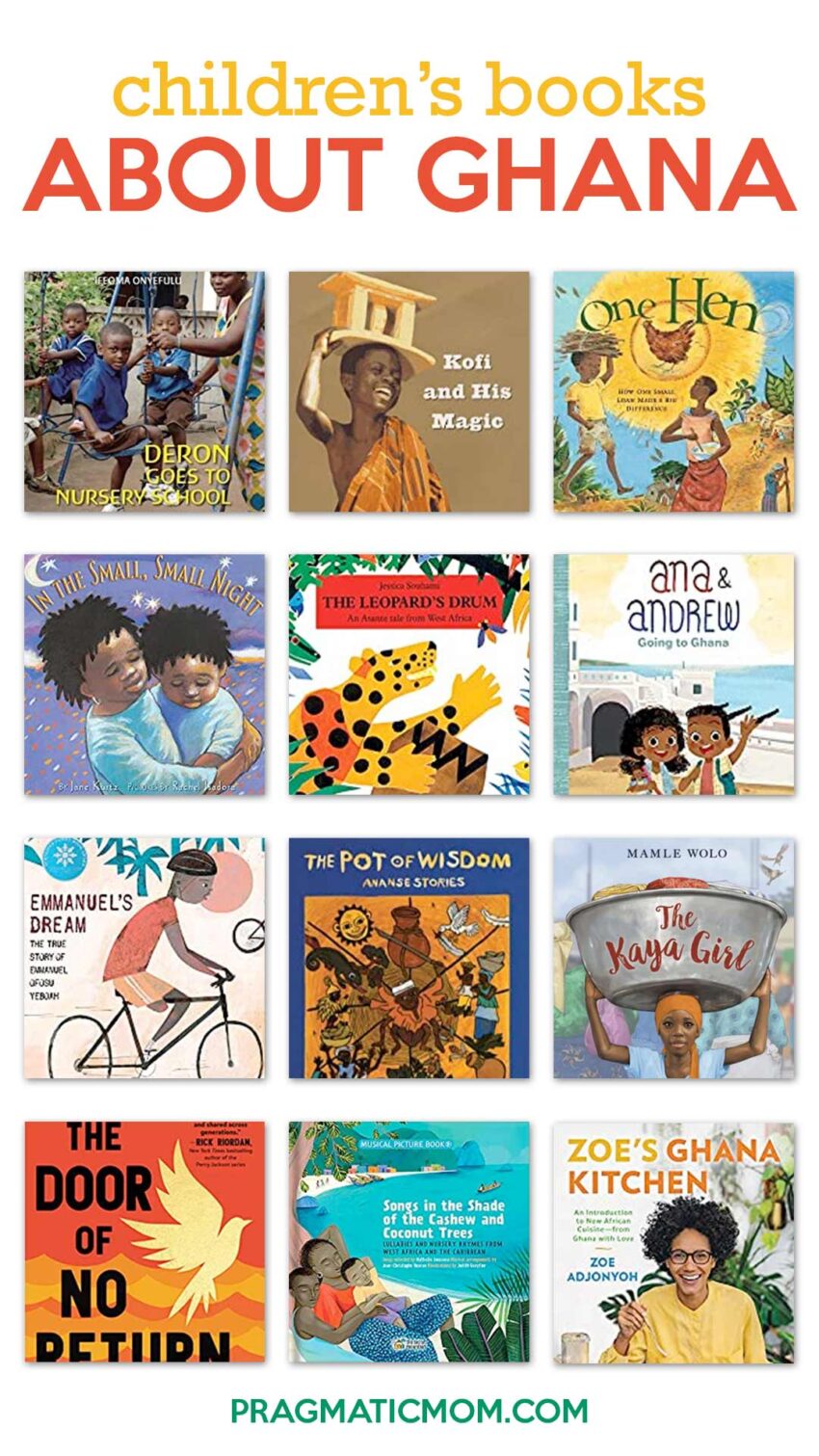
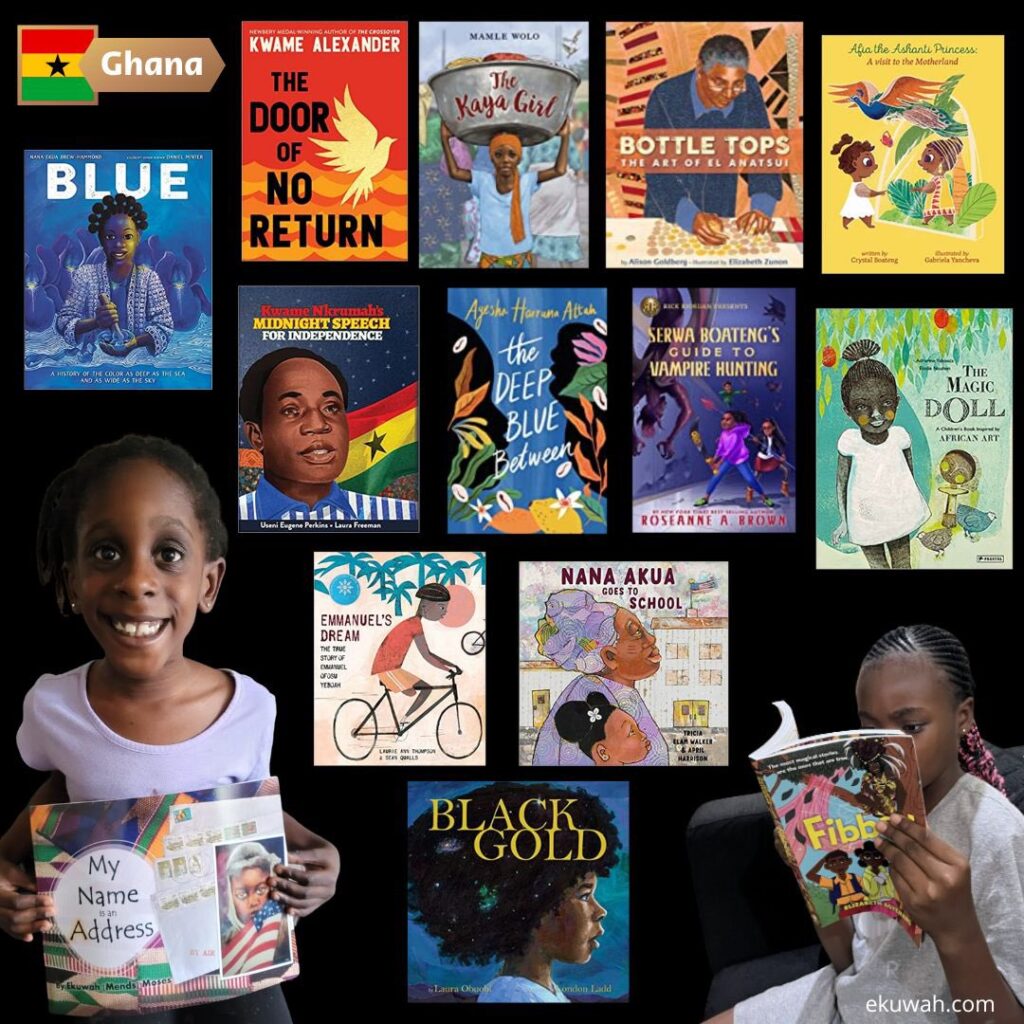
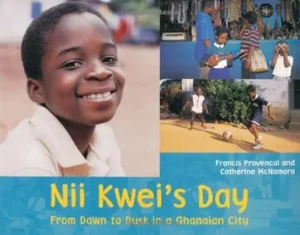
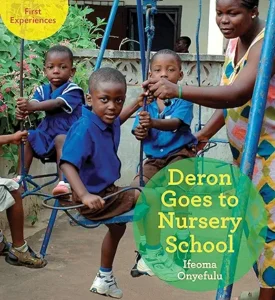
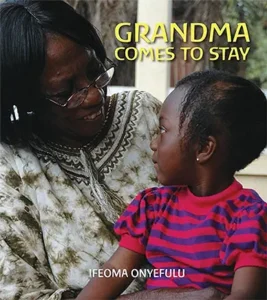
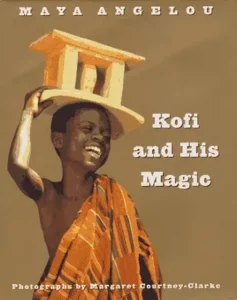
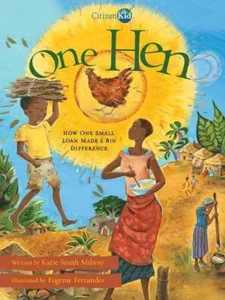
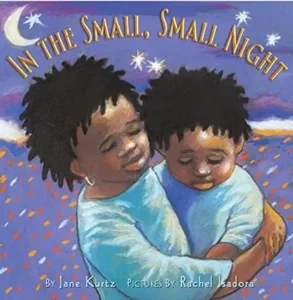
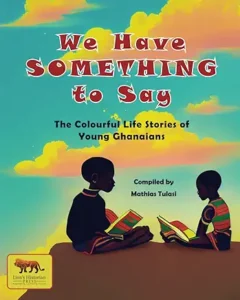
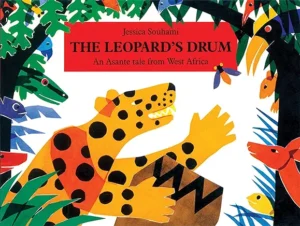
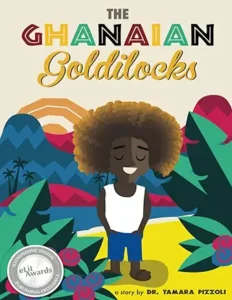
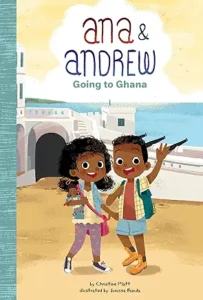
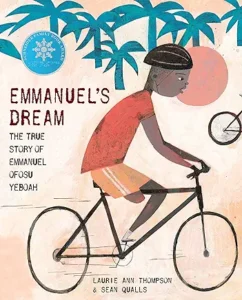
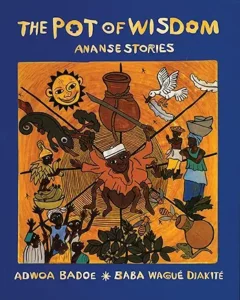
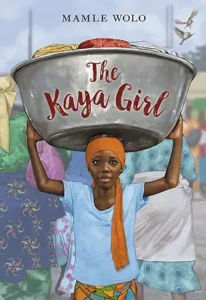
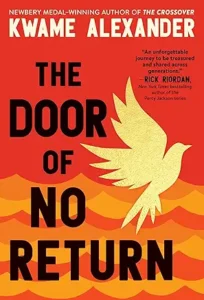
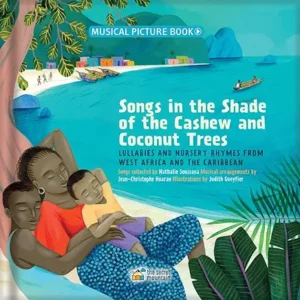
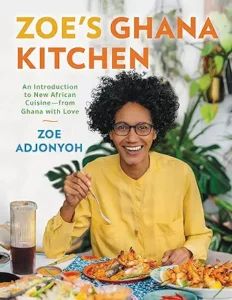
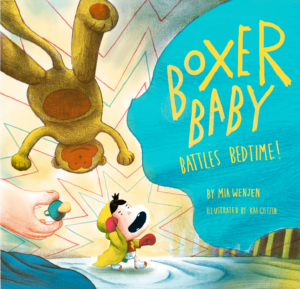
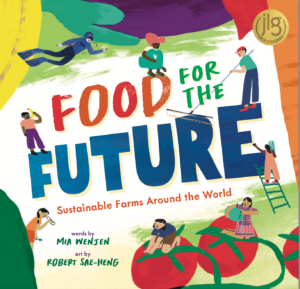
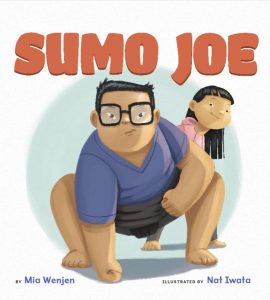
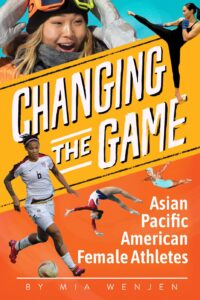
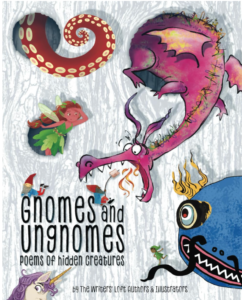

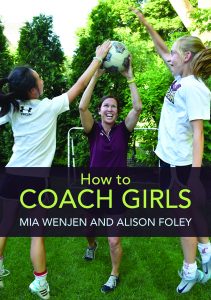
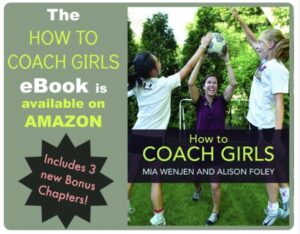
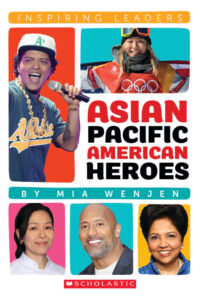

Ghana is one of my favorite places in the world. These books do it justice!! Great list!